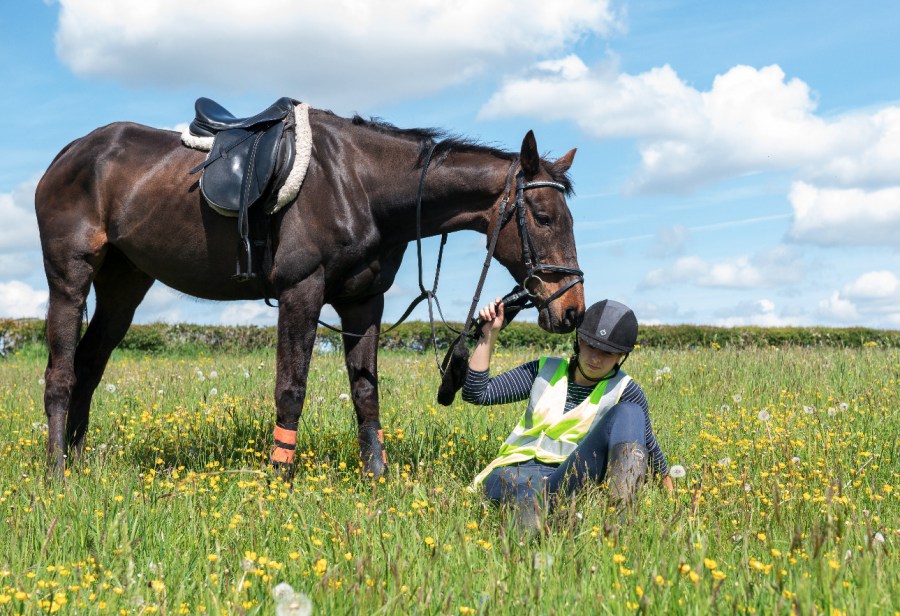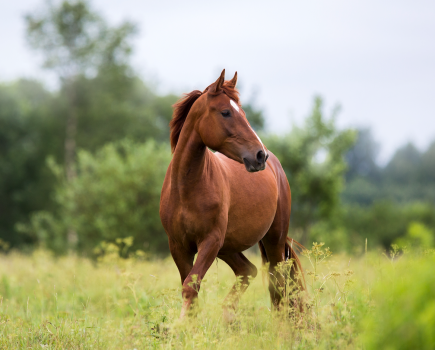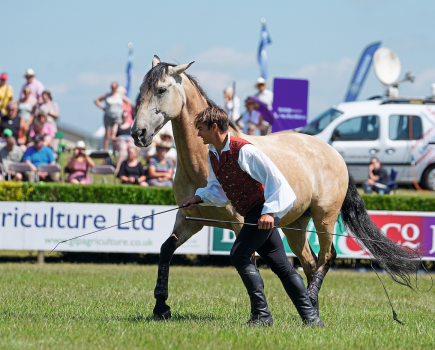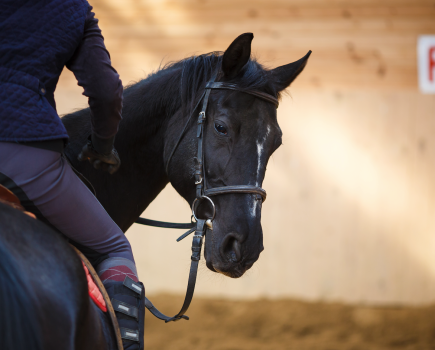Think back to the last time you fell off your horse or were injured while handling them on the ground — how did you describe what happened and any injuries you might have suffered to your family or friends?
As riders, we commonly describe our injuries badly, in a vague manner lacking detail. Now, you might think this is the way it’s done, or perhaps it’s to protect pride after a fall (literally!), but not describing injuries properly, and not taking appropriate action based on injuries, can have serious consequences.
Dr Diane Fisher is the chief medical officer for the British Equestrian Trade Association (BETA), a major trauma and emergency medicine consultant and a horse rider too.
As part of BETA’s Summer of Safety campaign, Diane is working to encourage more people to learn how to describe what really happened and explains why it really matters.
“Equestrians are notoriously bad at describing what’s happened to them,” said Diane. “And if they’re speaking to a non-equestrian, it’s a lot worse. When someone comes to see me and they say that they’ve had a fall, I know what questions to ask as I’m a rider myself, but not everyone is.
“People take descriptions literally, so it’s down to us as riders to help the doctors to help us get the care we may need.”
How to be specific when discussing a fall
The truth is that if someone isn’t horsey, they don’t understand what some of the phrases used really mean. ‘Slipped off’, ‘took a tumble’, ‘unscheduled dismount’ — these don’t help! In fact, to ensure that we’re giving medical professionals all the information they need to help us, we need to be very clear about what has occurred.
“The injury mechanism of falling off a horse at canter, for example, is not that different to someone coming off a motorbike. The bike might be moving faster, but depending on what’s happened, there are a lot of similarities when it comes to the two,” states Diane.
She adds that riders need to be specific when discussing falls and explain the following:
- Exactly what happened?
- How fast were you going?
- How tall was the horse? (And bear in mind that to the non-equestrian, a measurement in hands may not mean very much)
- What did you land on as a surface?
- What parts of your body sustained an impact?
- What safety equipment were you wearing?
- If you were crushed, how heavy (roughly) was the horse that crushed you?
“If your accident happened on the ground, detail is still really important,” says Diane. “The more information you give and the more detailed the explanation, the quicker we can work out what injuries you could have sustained and investigate appropriately.”
However, it’s not just the description of the accident that needs work, the time it takes riders to get help and visit their local A&E, Minor Injuries or GP is very important.
“I have had riders that have looked after their horses, cooked supper, done the school run and driven to see me with some really serious injuries,” says Diane. “A few have been very lucky to get to me alive.”
BETA’s Accident Reporting Form
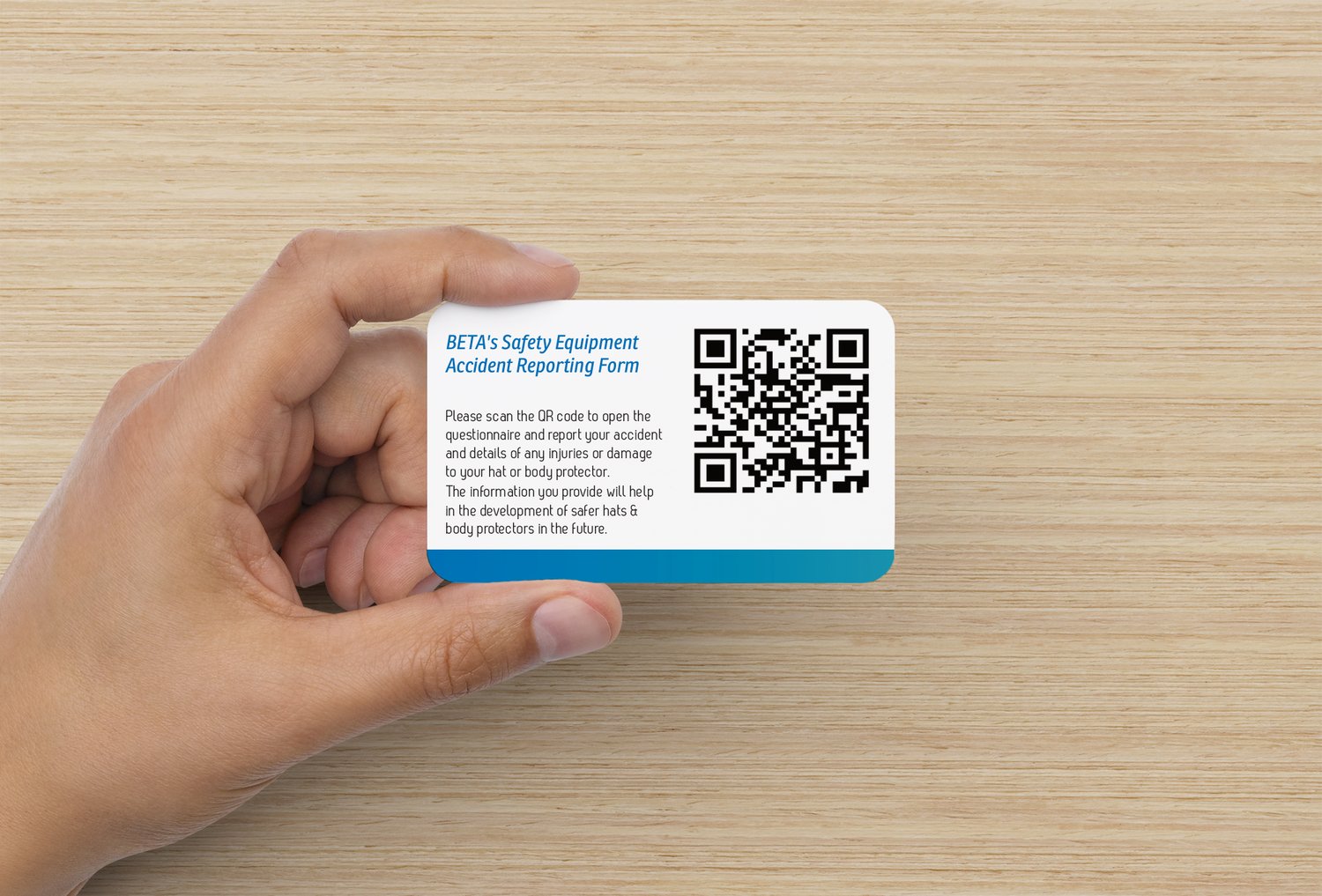
Share details of your fall or incident with BETA to help shape future decisions around safety gear
At last year’s Your Horse Live, BETA launched an accident reporting form to help collate and learn from accidents involving horses.
The form is easy to fill in and enables equestrians to share details relating to their accident, whether it happened on the ground or was a fall.
Information gathered via the form will be studied and used to help inform the manufacturers of safety equipment, helping support the continued evolution of safety equipment in line with the needs of horse owners and riders.
“As an industry, we are incredibly dedicated to the safety of the people inside it,” says Claire Williams, executive director of BETA.
“We are lucky that our members are passionate too, and invest huge amounts of money and time in the design and testing of safety equipment to help keep us all safer.
“But now, we can help feed information in at the other end too. By sharing information about accidents, injuries, impacts and everything else, we can look for patterns and trends and, if needed, work with manufacturers to consider other options, and make these a reality.
“I’d really urge everyone to report accidents. It does take a few minutes, but your input could be involved in keeping other equestrians much safer too.”
To access the BETA Rider Accident & Equipment Report Form, scan the QR Code (left) or find it here. 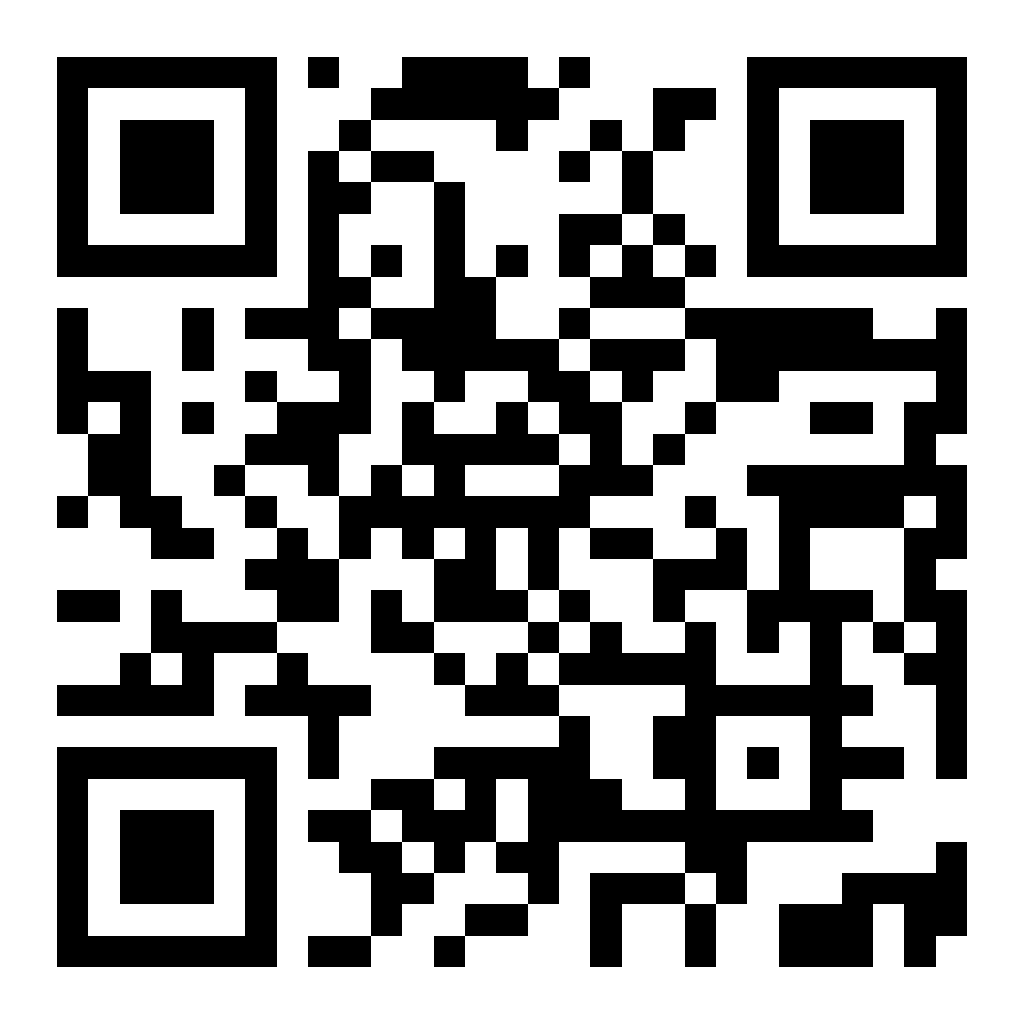
For more information about BETA, visit www.beta-uk.org. To get involved with the Summer of Safety, follow BETA on Instagram and Facebook.

